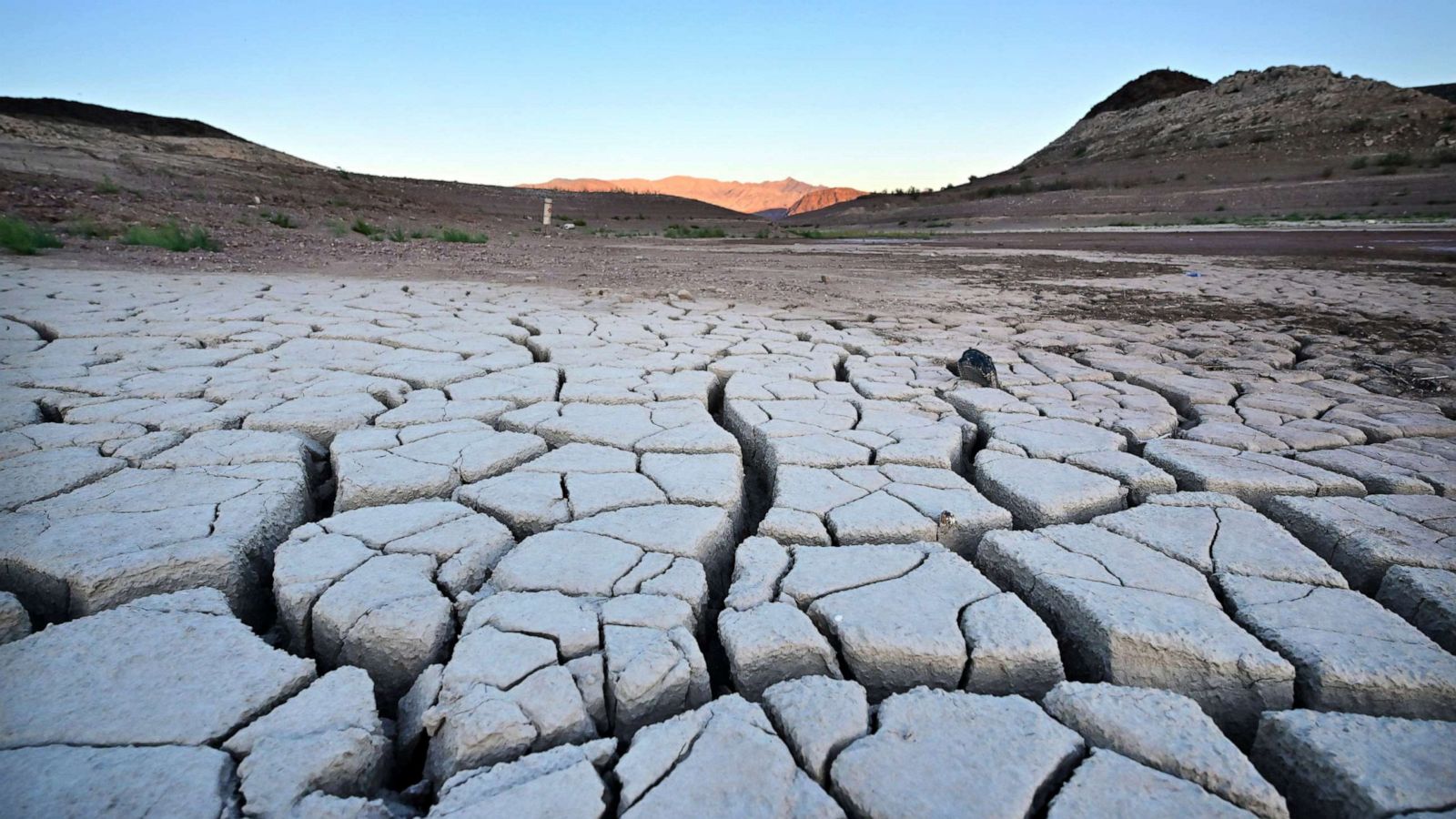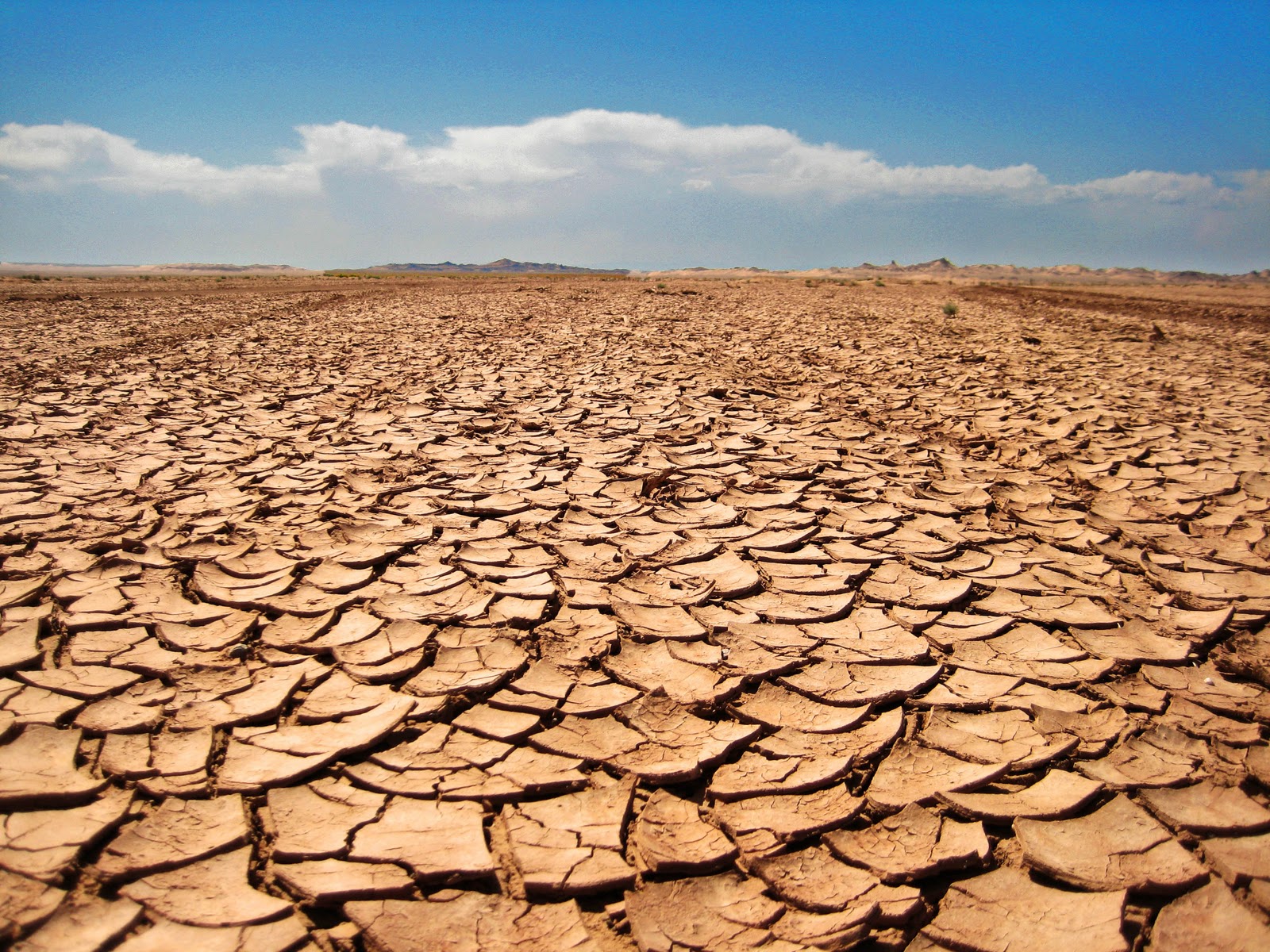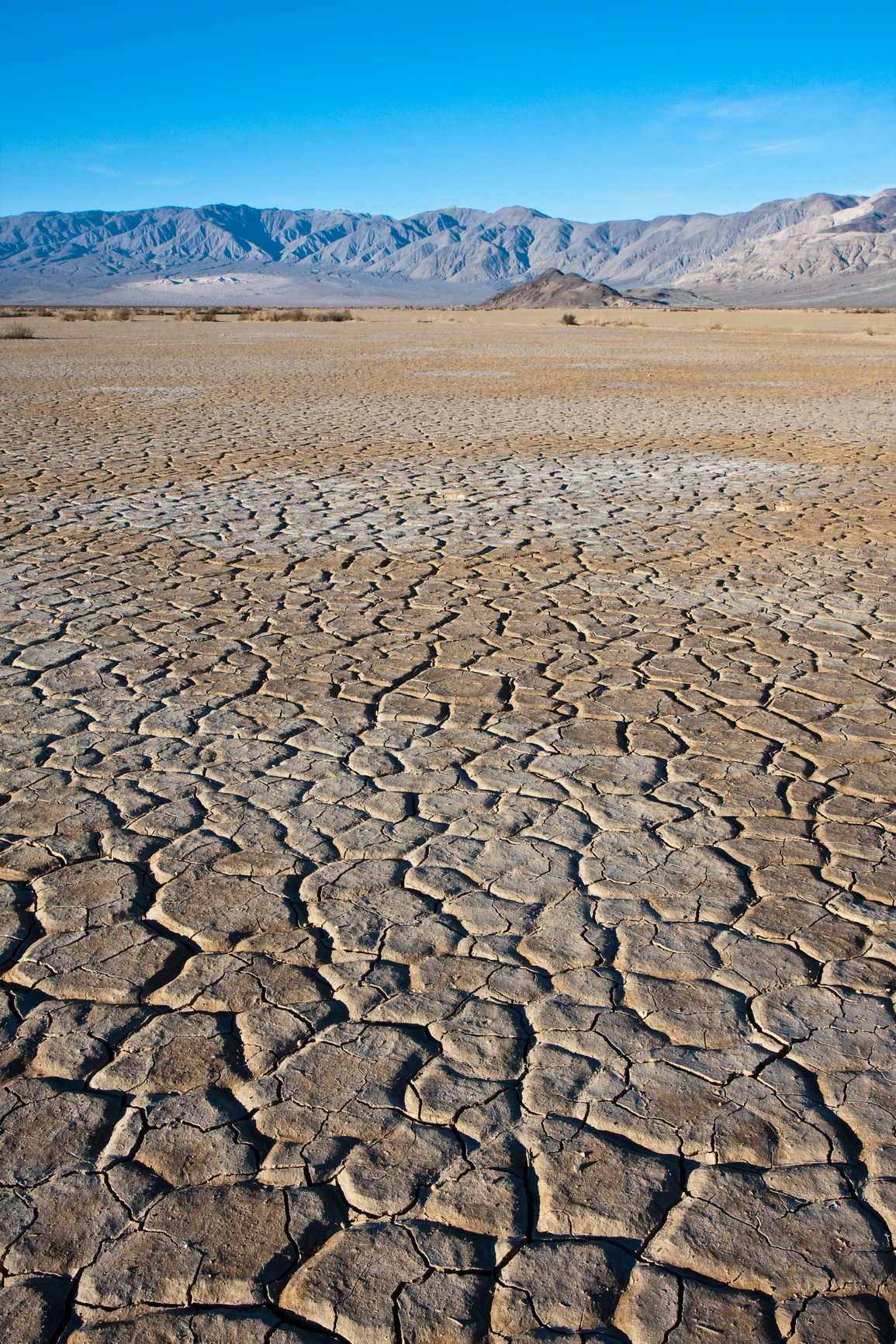Dry skin, you know, can sometimes feel like a bit of a challenge, especially when you're trying to get your makeup just right. It's that feeling where your skin is less oily than, or not as soft as, normal, as my text puts it. You might notice it's a little tight or even looks a bit flaky, which is basically your skin telling you it's without enough water or liquid on its surface. When you're dealing with this kind of skin, finding the right products, particularly something like a concealer, becomes really important for a smooth, comfortable finish.
A good concealer for dry skin isn't just about covering up. It's about giving your skin that much-needed moisture while also evening out your tone, you know? Think of it as a little drink for your skin, helping it look fresh and feel better all day long. Nobody wants their concealer to settle into fine lines or make dry patches stand out even more, which, honestly, can happen if you pick the wrong kind. That’s why choosing wisely is such a big deal.
So, if you've been struggling with concealers that just don't seem to work with your dry complexion, you're definitely not alone. Many people face this, and it's completely understandable to want something that actually helps, rather than hinders, your look. We're going to explore how to pick a concealer that loves your dry skin back, giving you that natural, hydrated appearance you're after. It's all about making smart choices, really.
Table of Contents
- Understanding Dry Skin and Its Makeup Needs
- What to Look for in a Dry Skin Concealer
- Top Tips for Applying Concealer on Dry Skin
- Common Mistakes to Avoid
- Dry Skin Concealer FAQs
- Final Thoughts on Your Dry Skin Concealer
Understanding Dry Skin and Its Makeup Needs
When we talk about dry skin, it's basically skin that lacks moisture, you know? My text says "dry is the general word indicating absence of water or freedom from moisture." This applies to your skin too, meaning it doesn't have enough water or natural oils to keep it feeling soft and supple. This condition can make applying makeup, especially a product like concealer, a bit tricky, to be honest. You want something that blends in seamlessly, not something that highlights every little dry patch.
What Makes Skin Dry?
Several things can cause skin to feel dry. Sometimes, it's just your natural skin type, which is that. Other times, it could be environmental factors, like very dry weather where there's much less rain than average, as my text describes. Or, perhaps, it's using harsh cleansers that strip away your skin's natural moisture. Even washing your face too frequently, like with dry hair, can cause damage and make your skin feel less soft than normal. It's a balance, really.
Why Traditional Concealers Might Not Work
Many regular concealers are made with formulas that can be a bit too thick or matte for dry skin. These types of products, quite often, don't have enough moisturizing elements. When applied to skin that's already lacking moisture, they can settle into fine lines, emphasize flaky areas, and even make your skin feel tighter. It’s almost like trying to put a dry sponge on a dry surface; it just won’t glide or look smooth. This is why a specialized "dry skin concealer" is so important, you know, for a better outcome.
What to Look for in a Dry Skin Concealer
Choosing the right concealer when your skin is dry means paying close attention to its ingredients and how it feels. You're looking for a product that not only covers but also cares for your skin, you know? It's about finding that perfect balance so your complexion looks its best without feeling uncomfortable. This is where a little bit of knowledge goes a long way, honestly.
Hydrating Ingredients Are Key
The best concealers for dry skin are packed with ingredients that help attract and lock in moisture. Look for things like hyaluronic acid, which is a powerful humectant that pulls moisture from the air into your skin. Glycerin is another great one, similarly helping to hydrate. Ceramides can also be very beneficial, as they help support your skin's natural barrier, keeping moisture from escaping. Shea butter and various nourishing oils, like jojoba or argan oil, are also wonderful additions, providing a soothing, emollient feel. These ingredients basically work together to ensure your skin stays feeling comfortable, and not like it's completely without water or liquid, which is what we want to avoid.
Formula and Finish Matter
For dry skin, you typically want to steer clear of anything that promises a super matte or powdery finish. These types of finishes can really accentuate dryness and make your skin look flat, you know? Instead, opt for formulas that offer a dewy, satin, or radiant finish. These finishes reflect light, giving your skin a healthy, plump look that's quite appealing. A liquid or creamy consistency is usually best, as it glides on smoothly and blends beautifully without tugging at your skin. It’s about creating a hydrated appearance, rather than something that seems to have no water or moisture on its surface.
Coverage Without the Cake
You still need good coverage, of course, but it shouldn't come at the cost of comfort or a natural look. A dry skin concealer should provide enough coverage to hide blemishes, dark circles, or redness without feeling heavy or looking cakey. Medium, buildable coverage is often ideal, allowing you to add more product where needed without creating a thick layer. The goal is to achieve an even skin tone that still looks like skin, not like a mask, you know? It’s really about enhancing your natural beauty while addressing any areas that need a little extra help.
Top Tips for Applying Concealer on Dry Skin
Applying concealer on dry skin is a bit different from applying it on other skin types. It's not just about the product; it's also about how you prepare your skin and how you actually put the product on. These steps can make a huge difference in how your concealer looks and lasts throughout the day, honestly. It's like preparing a canvas before you paint, you know, it makes the final artwork so much better.
Skin Preparation is Everything
Before you even open your concealer, make sure your skin is properly hydrated. Start with a gentle cleanser that doesn't strip your skin of its natural oils. Follow up with a hydrating toner, if you use one, and then a rich moisturizer. Give your moisturizer a few minutes to really sink in before moving on to makeup. Some people even like to use a hydrating face mist or a facial oil as an extra step, which can be very helpful. This prep work is crucial because it creates a smooth, moist base, preventing the concealer from clinging to any dry patches or making your skin appear, well, dry, as my text describes something without water or liquid on it. Learn more about on our site for deeper insights into skincare routines.
Application Techniques for a Smooth Finish
When it comes to putting on your dry skin concealer, less is often more, you know? Start with a small amount and build up if you need more coverage. Instead of swiping, gently pat or tap the product into your skin using your ring finger, a damp beauty sponge, or a soft brush. The warmth from your finger can actually help the product melt into your skin, creating a more seamless finish. For under-eyes, apply in a V-shape or a few dots, then gently blend outwards. Avoid dragging the product, as this can disturb the skin and make dry areas more noticeable. It’s all about a light touch, really, to get that smooth, natural look.
Setting Your Concealer the Right Way
For dry skin, setting your concealer can be a bit tricky. You want to prevent creasing, but you don't want to add more dryness. If you feel you need to set your concealer, use a very finely milled, translucent setting powder, and apply it sparingly with a fluffy brush. Focus only on areas where you tend to crease, like under the eyes. Instead of baking, which can be too drying, just lightly press the powder into place. You can also finish with a hydrating setting spray to melt the powders into your skin and add an extra boost of moisture, which, honestly, makes a big difference. This helps to ensure your concealer looks fresh and comfortable all day long, not at all like something that has no water or liquid on its surface.
Common Mistakes to Avoid
Even with the best dry skin concealer, certain habits can unintentionally make your skin look drier or your makeup less appealing. Knowing what to avoid is just as important as knowing what to do, you know? It’s like learning the rules of a game; you play better when you understand the pitfalls. These little adjustments can really improve your overall makeup experience.
One common mistake is skipping your skincare routine before makeup. Applying concealer to unprepared, dry skin is a recipe for disaster, honestly. The product will cling to dry patches, look patchy, and emphasize any texture. It’s like trying to write on a crumpled piece of paper; the results just won't be smooth. Always take those few extra minutes to hydrate your skin properly, which, as my text explains, is about freeing it from water or moisture of any kind. This step is non-negotiable for a good outcome.
Another pitfall is using too much product. While you might think more concealer means better coverage, it often just means more creasing and a heavier, less natural look, especially on dry skin. Thick layers can settle into fine lines and make your skin appear even drier. Start with a small amount, as I was saying, and build up as needed. Remember, the goal is to enhance, not to mask, your natural complexion. It’s a subtle art, really, getting just the right amount.
Also, picking the wrong shade can make a big difference, you know. If your concealer is too light, it can look stark and unnatural, drawing attention to the very areas you're trying to conceal. If it's too dark, it won't brighten effectively. Always test shades in natural light on the area you plan to conceal. A shade that matches your skin tone for blemishes, and perhaps one a half-shade lighter for brightening under the eyes, usually works best. It’s about finding that perfect match, really, for a seamless blend.
Finally, neglecting to blend properly is a common misstep. Harsh lines of concealer look very obvious and can detract from an otherwise well-done makeup look. Take your time to gently pat and diffuse the edges of your concealer until it seamlessly melts into your skin. This ensures there are no visible lines or patches, creating a smooth, polished finish. A well-blended concealer is almost invisible, which is exactly what you want, honestly, for that natural, perfected look. You can find more helpful tips on blending and other makeup techniques by visiting this page .
Dry Skin Concealer FAQs
People often have specific questions about finding and using the best concealer for their dry skin. Here are some of the most common ones, with answers to help you out, you know. It’s good to clear up any confusion so you can feel confident in your choices.
Q: What makes a concealer good for dry skin?
A: A concealer is good for dry skin when it's packed with hydrating ingredients like hyaluronic acid, glycerin, or nourishing oils. It should also have a creamy or liquid texture and offer a dewy or satin finish, you know? These features help it glide smoothly, prevent it from clinging to dry patches, and keep your skin looking moisturized, not at all like something that has no water or liquid on its surface.
Q: Can I use a matte concealer if I have dry skin?
A: Generally, it's best to avoid matte concealers if you have dry skin. Matte formulas tend to absorb moisture and can emphasize dryness, fine lines, and texture, making your skin look even more parched. They can also feel uncomfortable and tight throughout the day. Opting for a hydrating, dewy, or satin finish is usually a much better choice for dry complexions, honestly, for a more comfortable and flattering look.
Q: How can I stop my concealer from creasing on dry skin?
A: To stop creasing, make sure your skin is well-hydrated before applying. Use a small amount of product, and gently pat it into your skin rather than swiping. If you need to set it, use a very tiny amount of finely milled translucent powder, applied only to the areas that tend to crease, and then finish with a hydrating setting spray. This helps to lock it in without drying out your skin, you know, keeping it looking smooth.
Final Thoughts on Your Dry Skin Concealer
Finding the right dry skin concealer really can make a world of difference in your daily makeup routine. It's about choosing products that not only cover but also care for your skin, leaving it looking hydrated and feeling comfortable, which is what we all want. Remember, a little preparation and the right application technique go a long way in achieving that smooth, flawless finish you're after. So, go ahead and explore those hydrating options; your skin will surely appreciate it, honestly.



Detail Author:
- Name : Clifford Bradtke
- Username : wiley.anderson
- Email : rusty19@yahoo.com
- Birthdate : 1988-08-20
- Address : 133 Keeling Curve New Aftonmouth, UT 20098-8940
- Phone : 458-362-5894
- Company : McCullough PLC
- Job : Automotive Technician
- Bio : Dolores eos ut tempore doloremque ratione in ut ex. Numquam dicta eaque placeat. Vel et at quae dolorem tempore ipsa non. Non quidem voluptatem suscipit veritatis in labore.
Socials
linkedin:
- url : https://linkedin.com/in/mariana_wunsch
- username : mariana_wunsch
- bio : Qui rerum et voluptatem consectetur fugiat.
- followers : 6516
- following : 2244
instagram:
- url : https://instagram.com/mwunsch
- username : mwunsch
- bio : Quis quaerat a placeat ut. Eos recusandae quam omnis voluptatem. Est doloribus sunt quis minus.
- followers : 1254
- following : 1867
facebook:
- url : https://facebook.com/mariana_wunsch
- username : mariana_wunsch
- bio : Consequuntur sequi qui consectetur porro.
- followers : 602
- following : 115